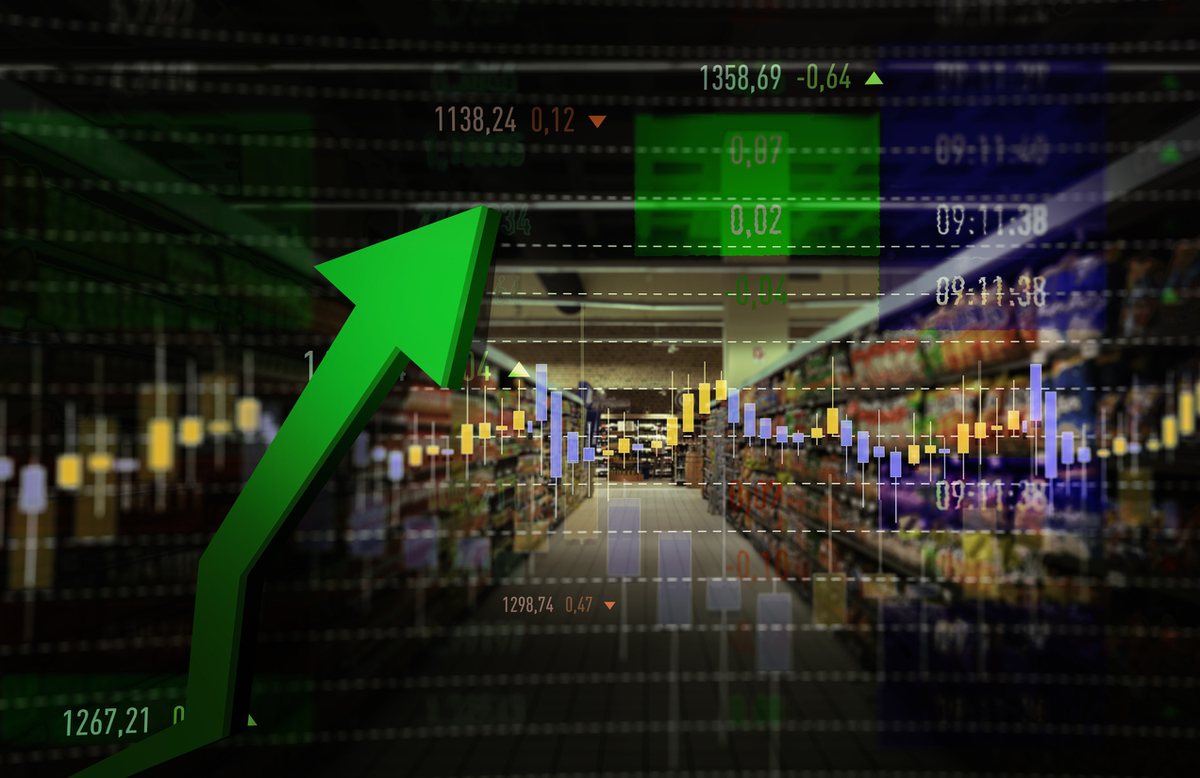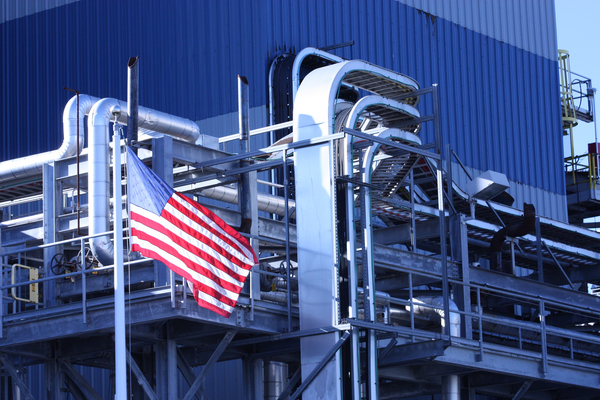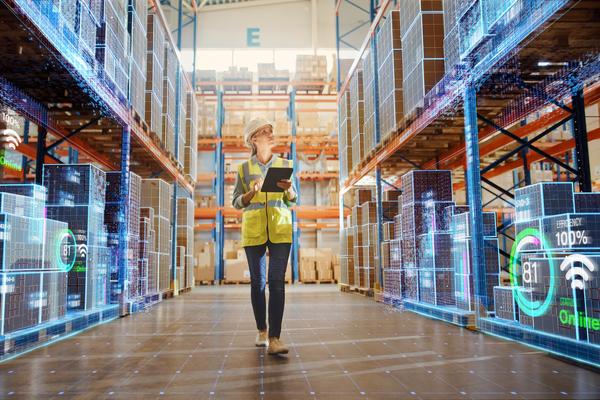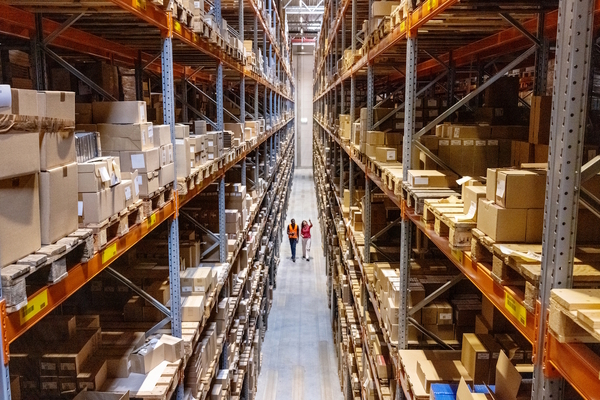The future of supply chain: managing market disruption and sustainability
Forrester VP principal analyst George Lawrie reveals how supply chain leaders can take a strategic approach to market disruption and what to look for in supply chain sustainability certification.

Faced with a turbulent market and on-going regulatory pressure, supply chain leaders are continuously looking to adopt sourcing and supply chain practices, platforms and partners that will adapt for future disruption. Legacy procurement practices and incentives drive cost-optimised supply chains that are vulnerable to disruption, and risk frustrating manufacturers’ ability to meet sustainability targets. Furthermore, cost-optimised supply chain practices jeopardise customer and shareholder satisfaction when it comes to supply continuity and working capital productivity. Procurement practices should prioritise improved supply chain resilience and sustainability.
Taking a forward-thinking approach
To align with changing regulatory and customer requirements, supply chain leaders must take a strategic approach to market disruption. Companies are revisiting their sourcing strategies, including establishing alternate optional sources of material or components and options on transportation or manufacturing capacity to insure against contingencies. Leaders are also reconsidering the best balance on onshore, nearshore and offshore suppliers and facilities to balance customer service, landed cost and sustainability considerations.
They must also prioritise outcomes over requirements. Forward-thinking firms focus on platform implementation and partner selection for outcomes rather than matching Request for Performance (RFP) “requirements.” Indeed, exhaustive legacy-style “requirements gathering” is often incompatible with modern software deployment, even for highly differentiating processes like sourcing. Supply chain leaders must define in terms of outcomes a future-state vision for sourcing and supply chain and then delegate the detailed roadmap to partners and workstream leaders.
Sustainability certifications
Supply chain sustainability is also a top priority. Organisations are setting goals to reach net zero and other carbon reduction targets, and are investing in environmental sustainability procurement technology to gain visibility into their suppliers’ carbon footprint, sustainability certifications, and environmental performance. Extraterritorial regulations such as Corporate Sustainability Due Diligence Directive (CSDDD) oblige enterprises around the globe to maintain transparency about the labour and as well as environmental practices in their extended supply chain.
A common challenge, however, is knowing how they can prove their sustainability credentials, particularly when there are so many supply chain certifications to choose from. The best option, however, ultimately depends on your customer’s, regulator’s, and investors’ priorities.
When determining the best way to prove extended supply chain sustainability, it’s important that leaders choose certifications that matter to their customers. Consumers want to make more environmentally informed decisions and embrace sustainable behaviours and they expect brands to provide options that will help them fulfill their aspirations in ways that are price conscious, that don’t sacrifice product performance, and that still maximise convenience.
It’s also key that supply chain leaders check mandatory regulatory certification. From Germany’s Supply Chain Due Diligence Act, to the US’s Uyghur Forced Labor Prevention Act (UFLPA), global enterprises look for certifications that can help them to improve supply chain transparency and compliance. In the final analysis, though, responsibility lies with the importer of record.
Understanding who’s in your extended supply chain is also very important. Multinational enterprises have a long experience of ensuring that they do not trade with denied parties. But if a supply chain includes intermediate products, like flavours or essences, or mill products, such as textiles or metals, the business probably doesn’t have direct contact with all the suppliers at every layer in the supply network. Extended supply chain certifications, together with chain of custody services, can help identify likely n-tier suppliers. This will need to be combined with external public data sources like customs declarations and forensic accounting supply chain due diligence platforms and services.
As organisations confront substantial changes in markets, regulations and technology, there’s a much greater need to be resilient, adaptable, and, ultimately, in a position to prove that labour and environmental practices of every enterprise in their extended supply chain meets the expectations, not just of regulators but also of investors and customers.
You can also read about Forrester’s Supply Chain research here.
by George Lawrie, VP principal analyst

Business Reporter Team
Most Viewed
Winston House, 3rd Floor, Units 306-309, 2-4 Dollis Park, London, N3 1HF
23-29 Hendon Lane, London, N3 1RT
020 8349 4363
© 2025, Lyonsdown Limited. Business Reporter® is a registered trademark of Lyonsdown Ltd. VAT registration number: 830519543





